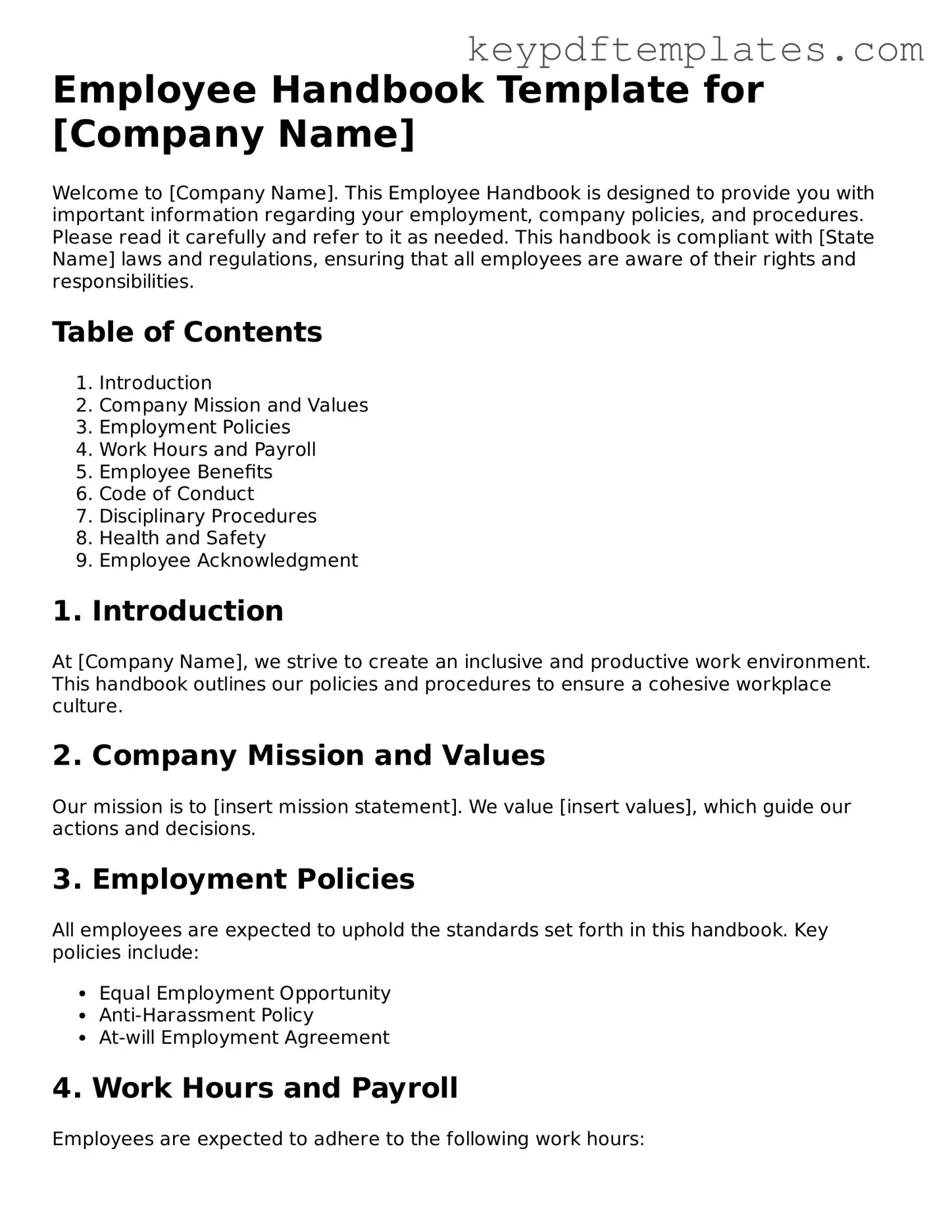Transfer on Death Deed California
- A Transfer-on-Death Deed does not affect taxes or liabilities related to the property until the owner's death.
The Free And Invoice PDF form is an invaluable resource for anyone looking to streamline the invoicing process. By utilizing this tool, individuals and businesses can create professional invoices effortlessly, inputting essential details such as items sold, quantities, and payment terms. For those seeking an efficient way to manage financial transactions and enhance record-keeping, the Free And Invoice Pdf form is a practical solution that simplifies the entire process.
Death Certificate Affidavit
- Understanding the steps to this affidavit ensures a smoother estate transition.
Bill of Sale California Template
- The form helps confirm the condition of the boat at the time of sale, which can be important for warranties.
